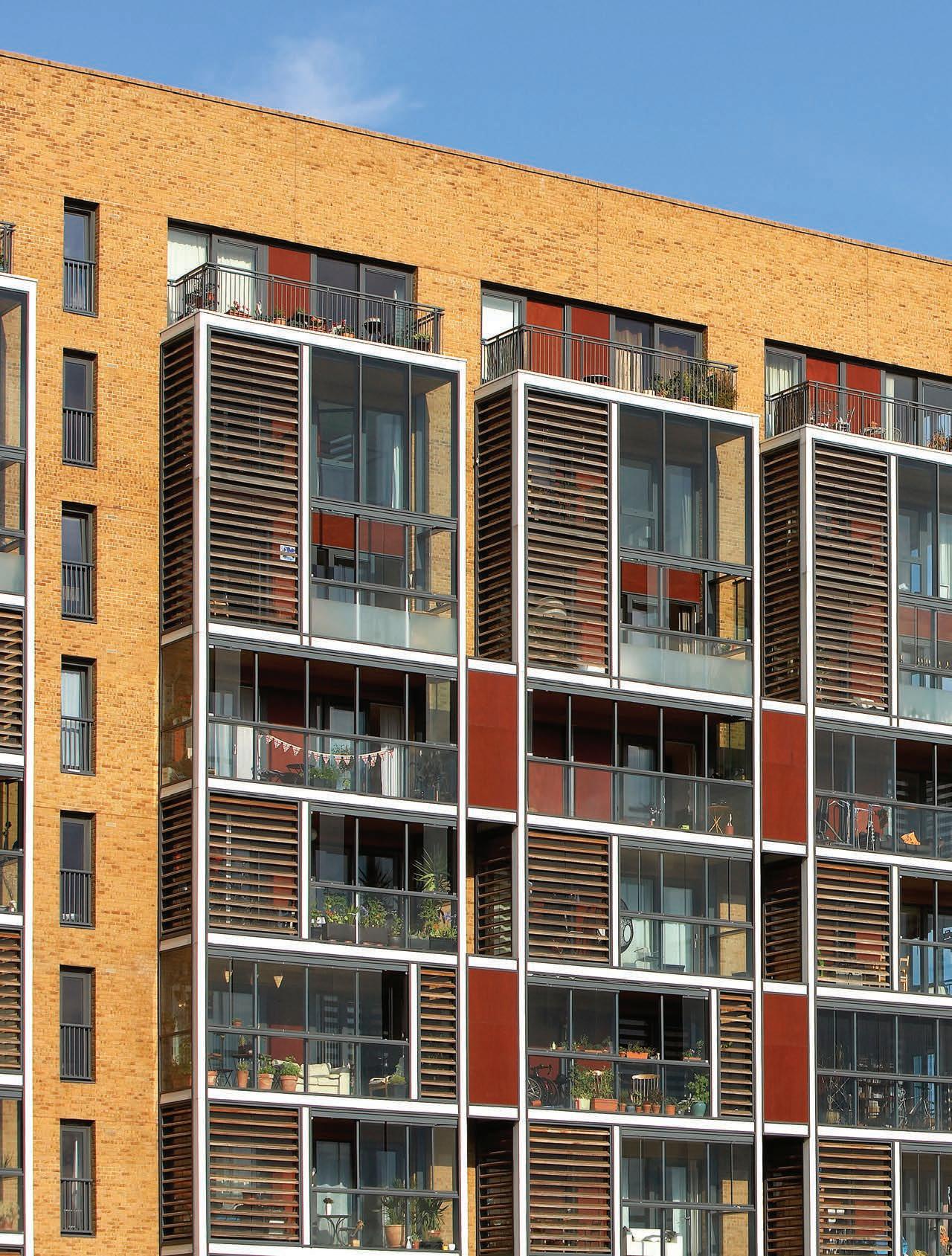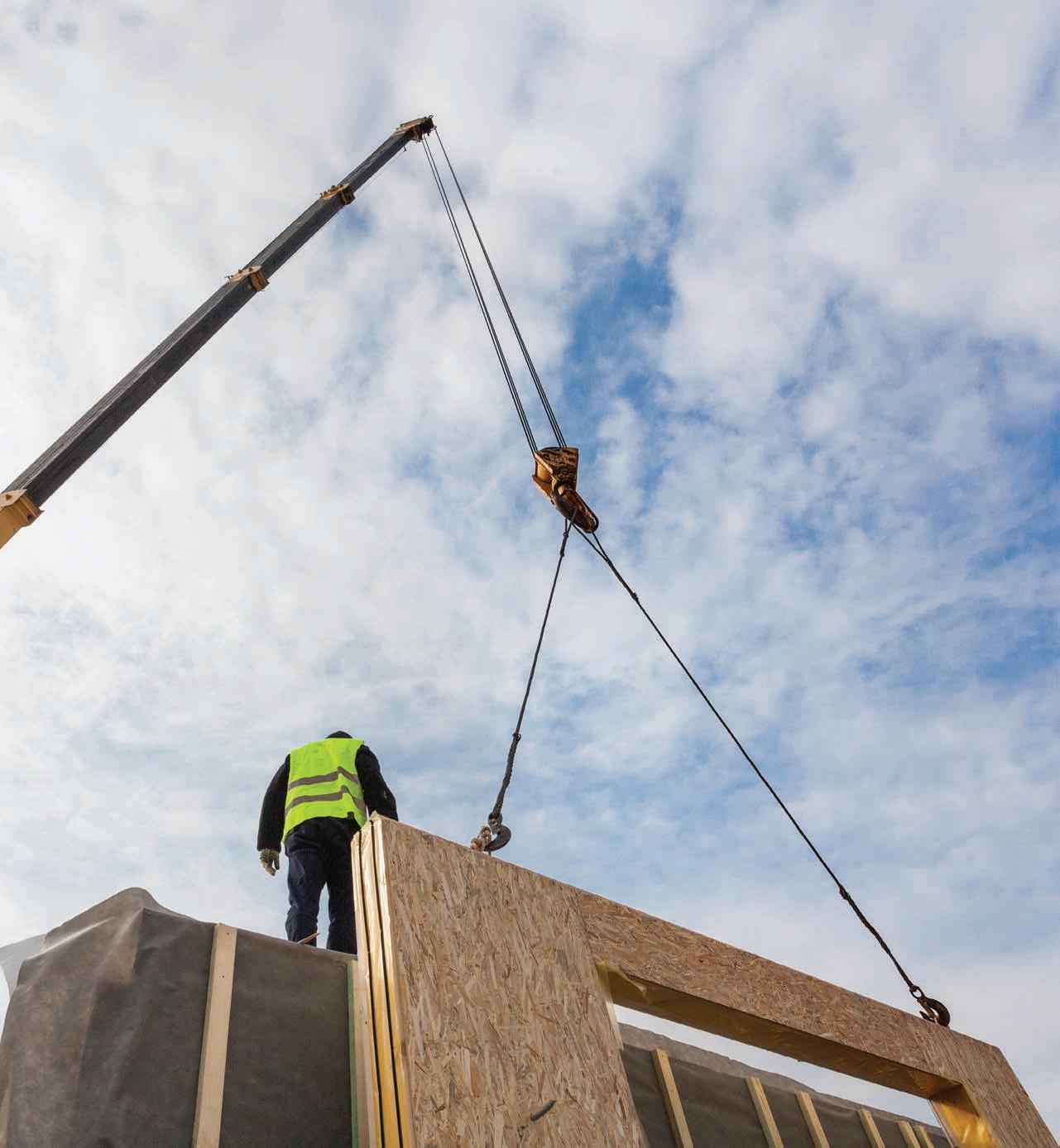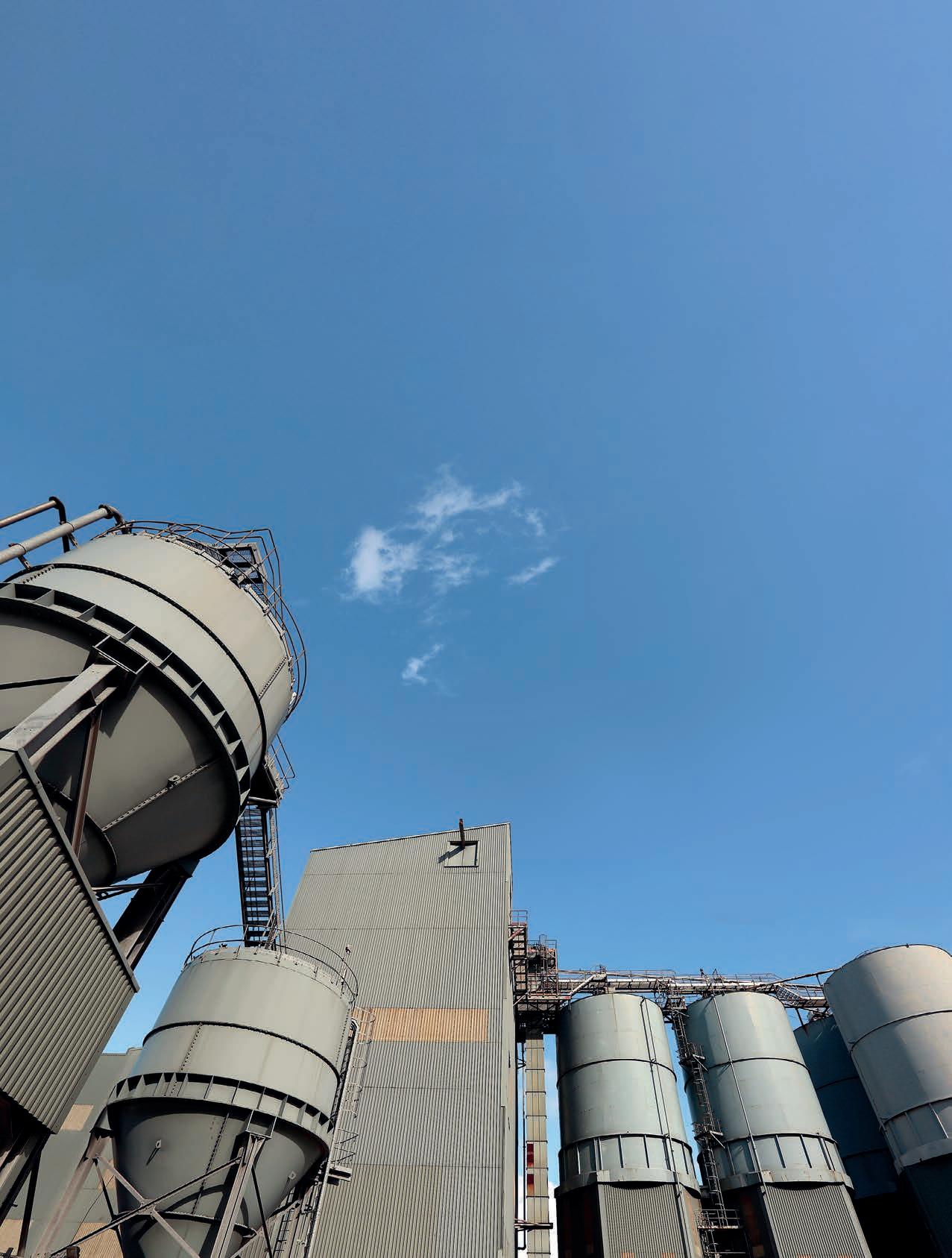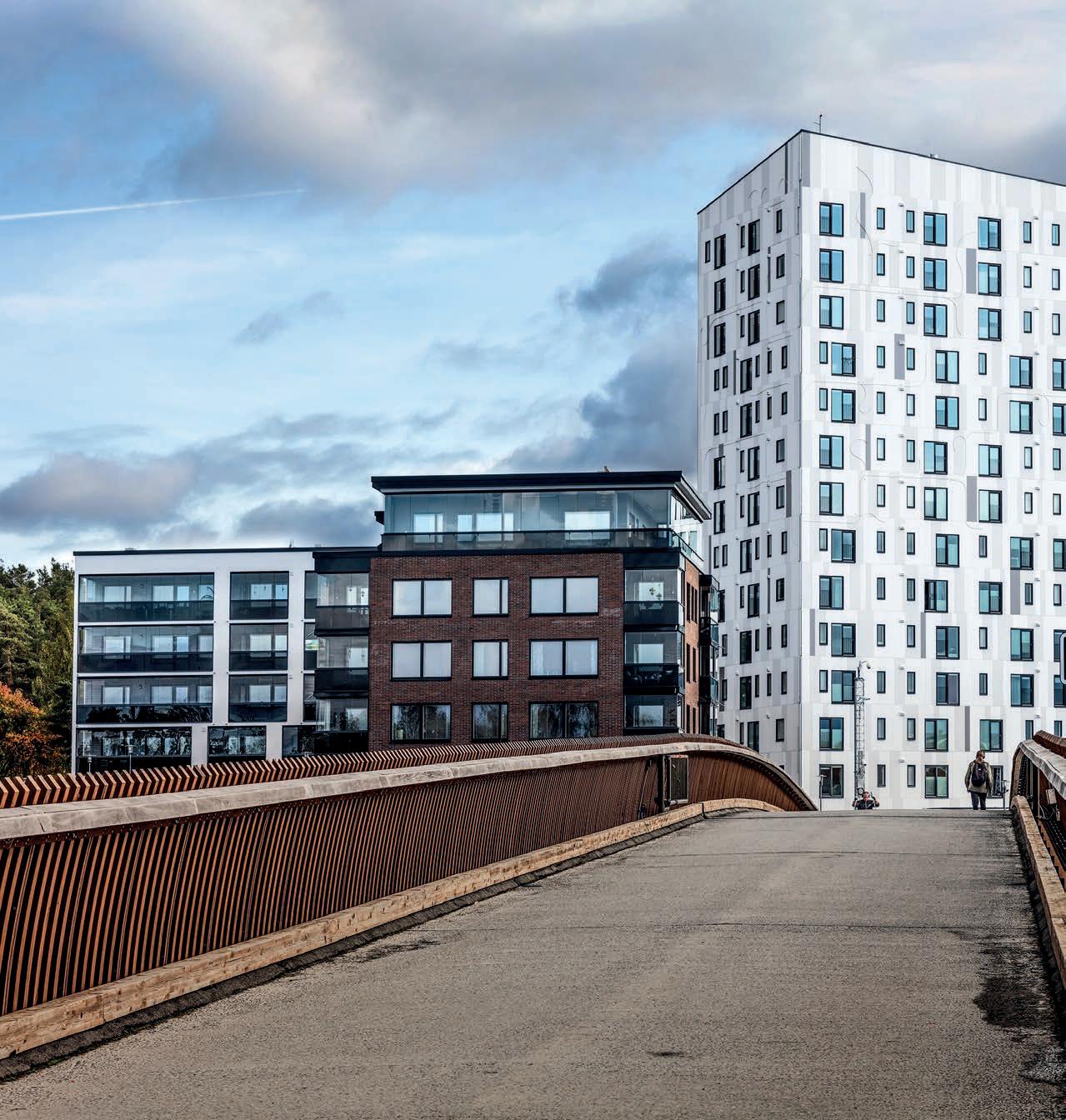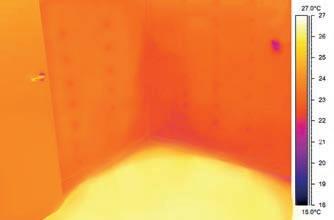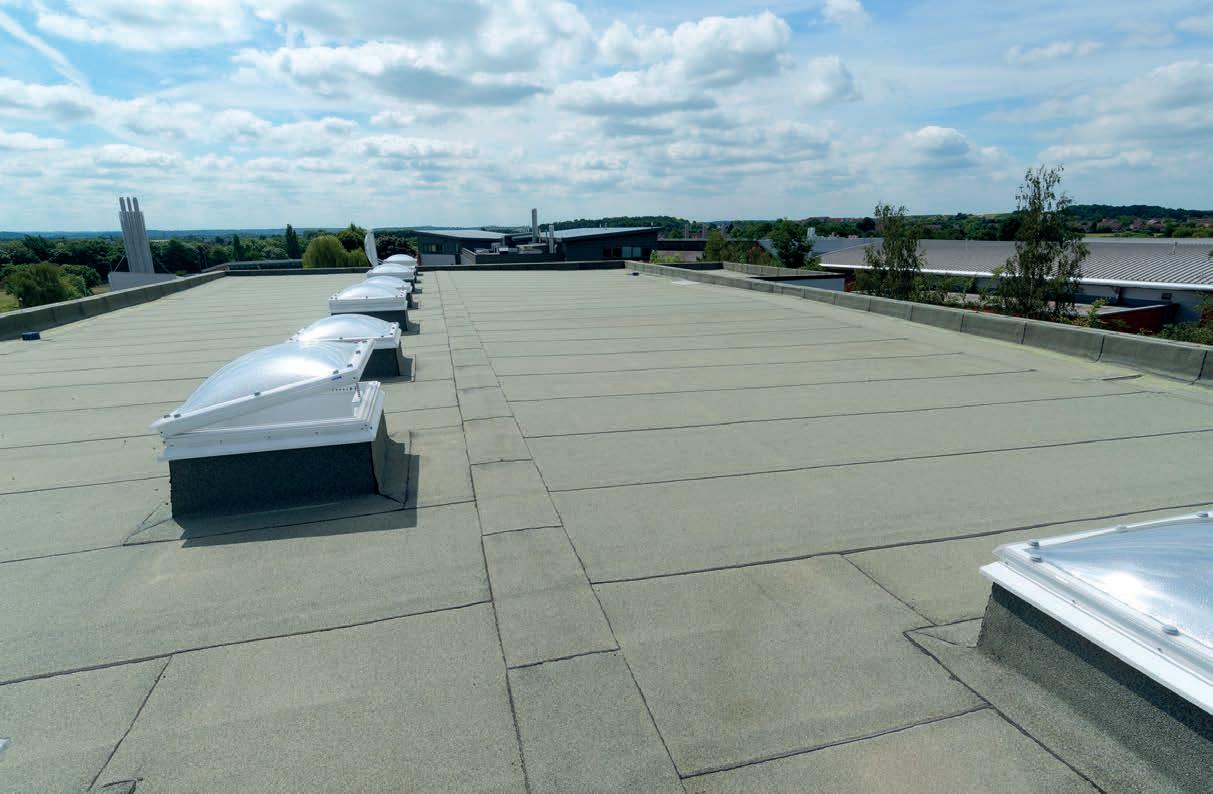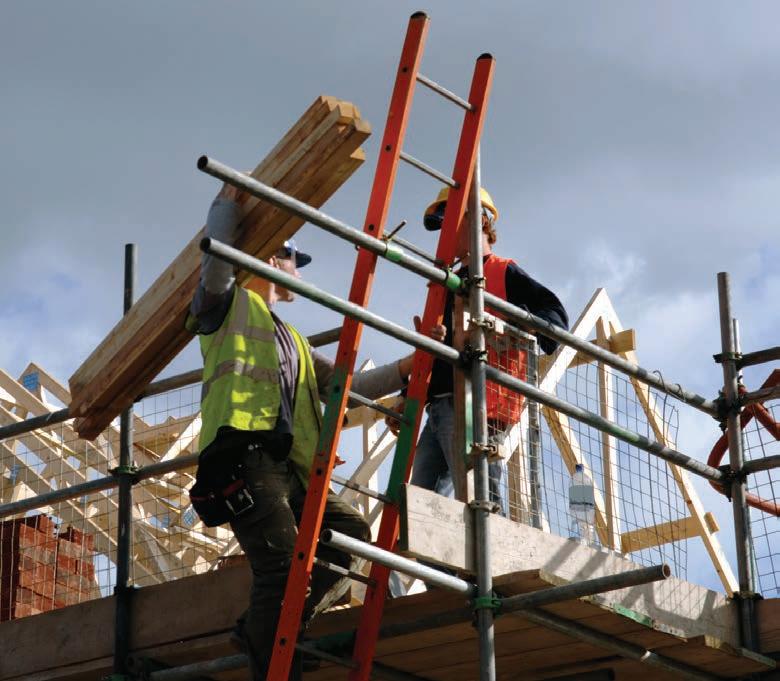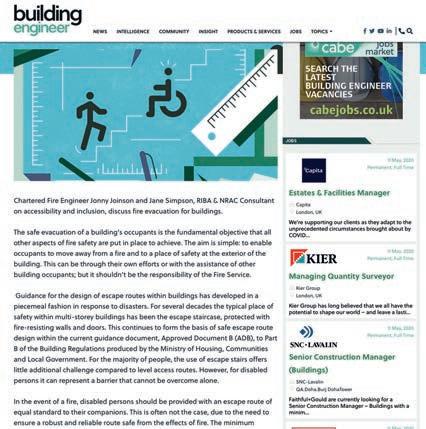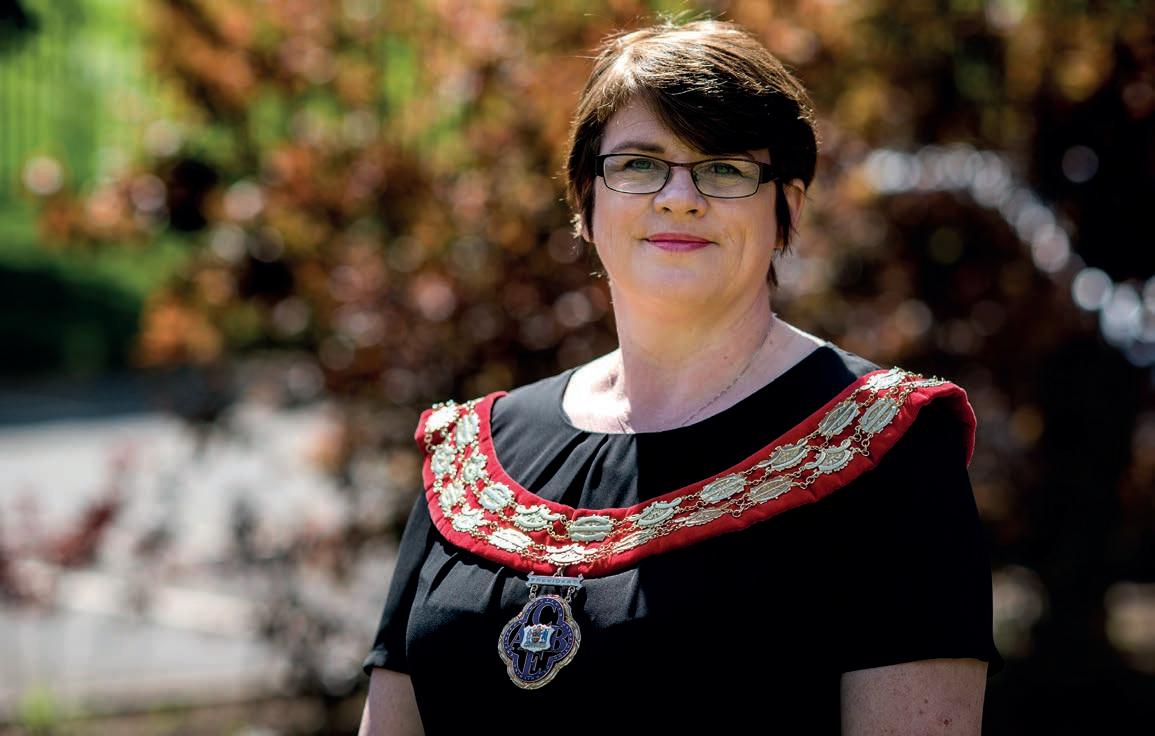INTELLIGENCE
JUNE 2020
E
BUILDING ENGINEER
22
uropean cities need to transform their infrastructure if they are to meet the emerging challenges posed by the effects of anthropogenic climate change. From a water perspective, this means there is now a higher probability of flooding from heavier precipitation and storm surge, but also an increased risk of not having enough water available to keep taps flowing. Further issues arising include flood damage to buildings and other street infrastructure; sewer overflows polluting watercourses and water bodies, and the declining quality of lakes, rivers and reservoirs. Biodiversity is also at risk, along with public health and the psychological wellbeing of those affected by extreme weather events. UN-Habitat’s Urban Resilience Hub defines urban resilience as: “The measurable ability of any urban system, with its inhabitants, to maintain continuity through all shocks and stresses, while positively adapting and transforming toward sustainability” – and a key part of that ability will be technological. It is against this background that Isle set up its Urban Resilience Technology Approval Group (UR TAG) in 2019. The group has spent the past year actively identifying and piloting water technologies that help transform cities’ infrastructures as they adapt to climate change. Designing and structuring the urban environment to absorb and capture as much rainwater as possible can reduce and prevent floods. The harvested rainwater can also be repurposed for irrigation and greywater domestic use. China is leading the way to sustainable drainage systems (SuDS) at city scale, with plans for sponge cities where 80% of the country’s urban centres harvest and reuse 70% of rainwater. Sponge cities are promoted as an holistic approach to rainwater management, not just limited to China, but also taking place in the USA, UK and across other European projects. The goal is to buffer rainwater at its place of origin. Green elements, such as swales, tree-drains, and green roofs and façades help to evaporate, store and infiltrate the rainwater, which effectively reduces the outflow. We see these holistic approaches to managing a city’s water as a strong trend across the world – not only one single solution for one problem, but rather an integrated approach to tackling several challenges. Building SuDS at scale and driving urban resilience requires significant investment, which is another reason UR TAG is so important. Utilities and
Pooled knowledge Isle’s Technology Consultant Sylvia Schuster explains why managing the effects of climate change requires urban transformation, specifically for water management
“Designing the urban environment to capture as much rainwater as possible can reduce and prevent floods”
22-24 WaterSolutions_BE June 2020_Building Engineer.indd 22
18/05/2020 12:49


